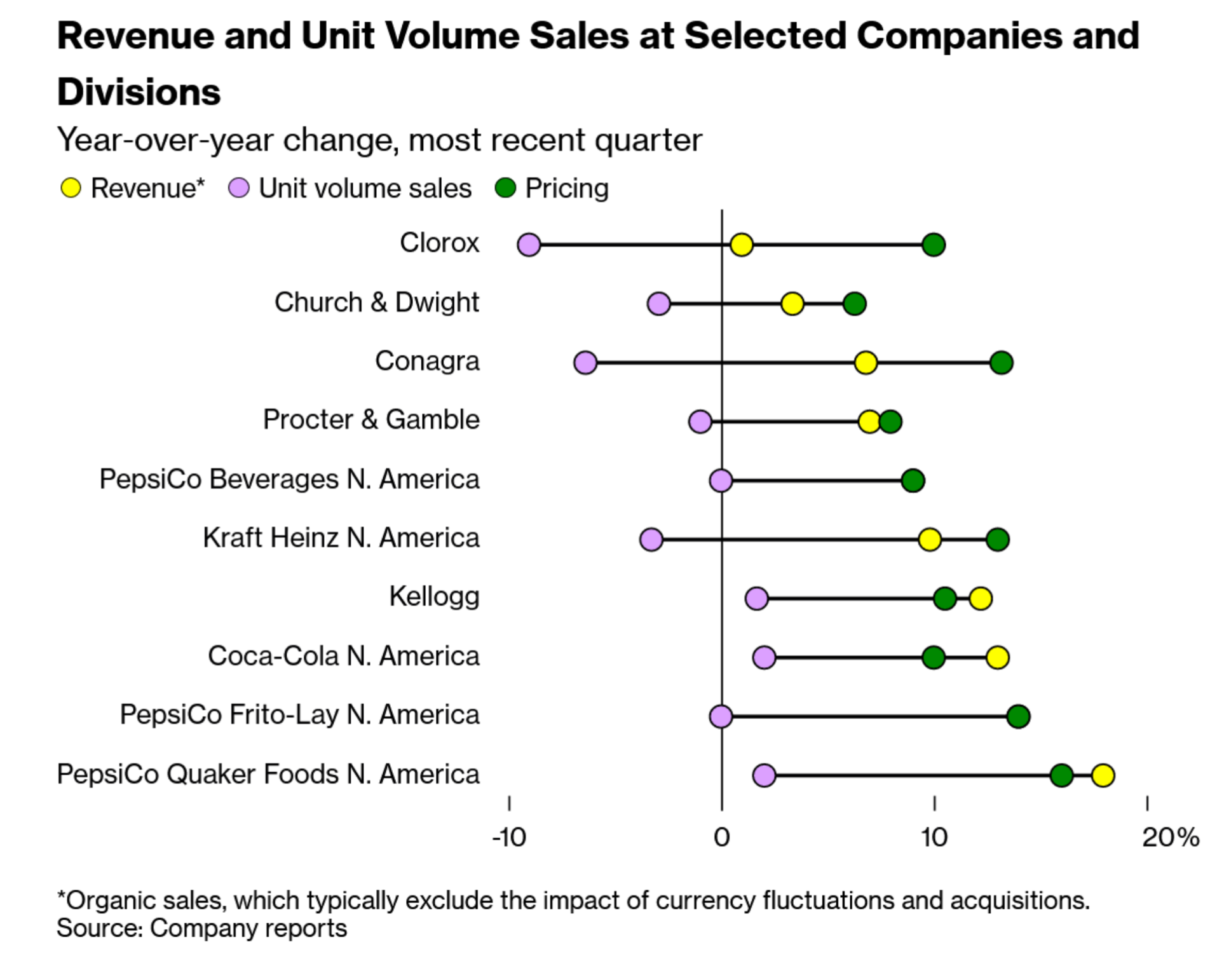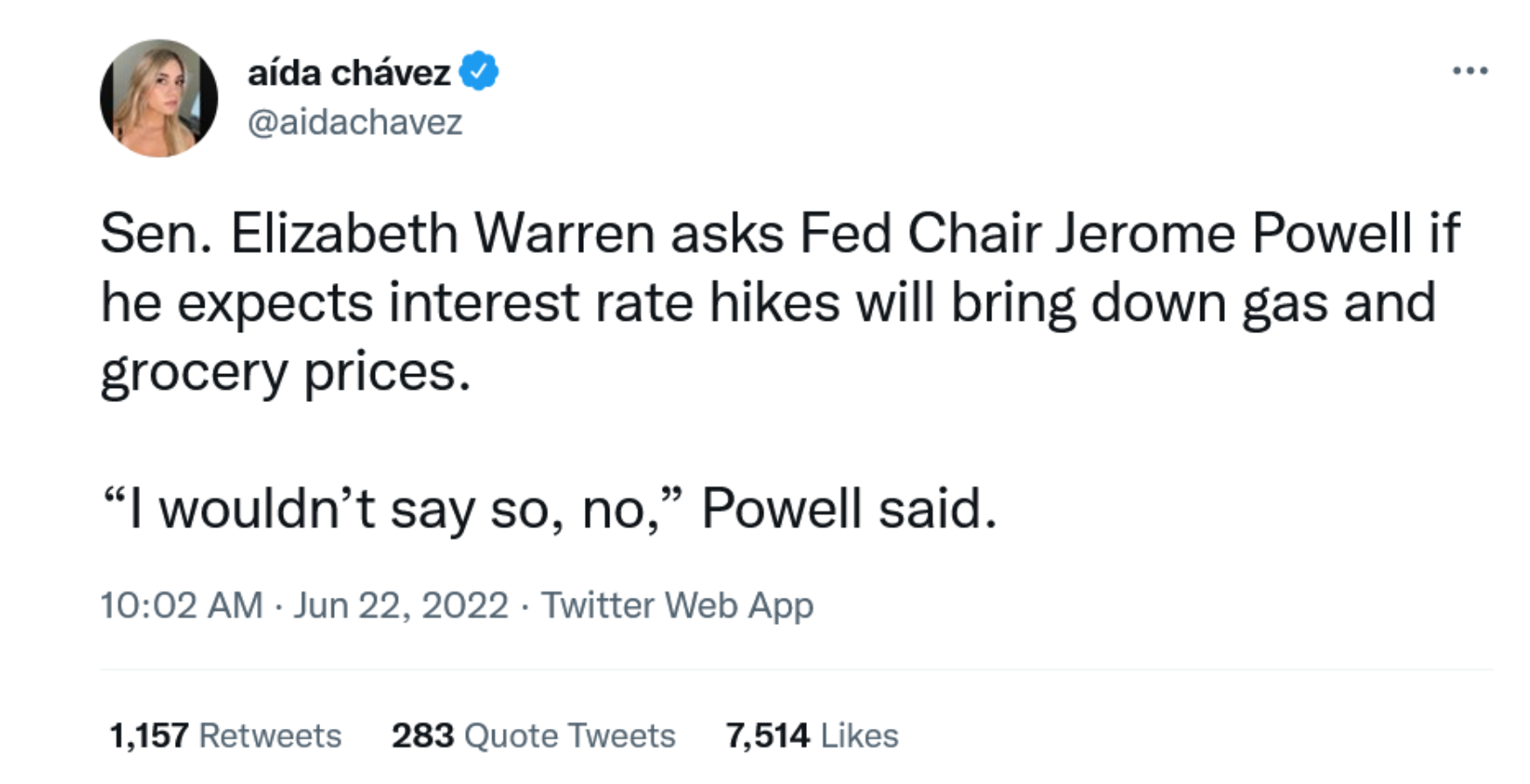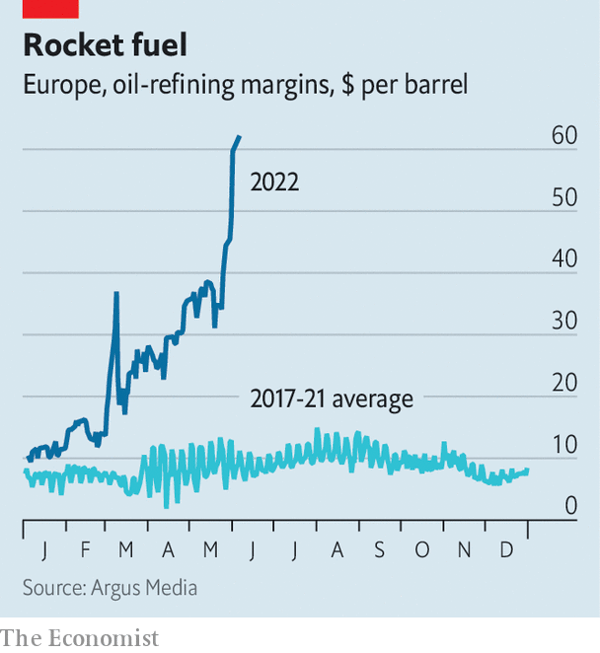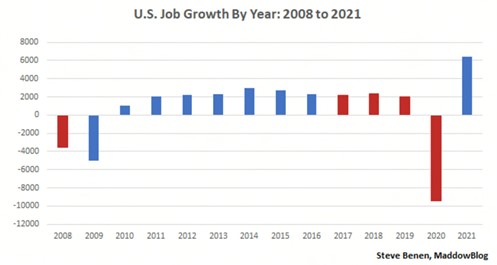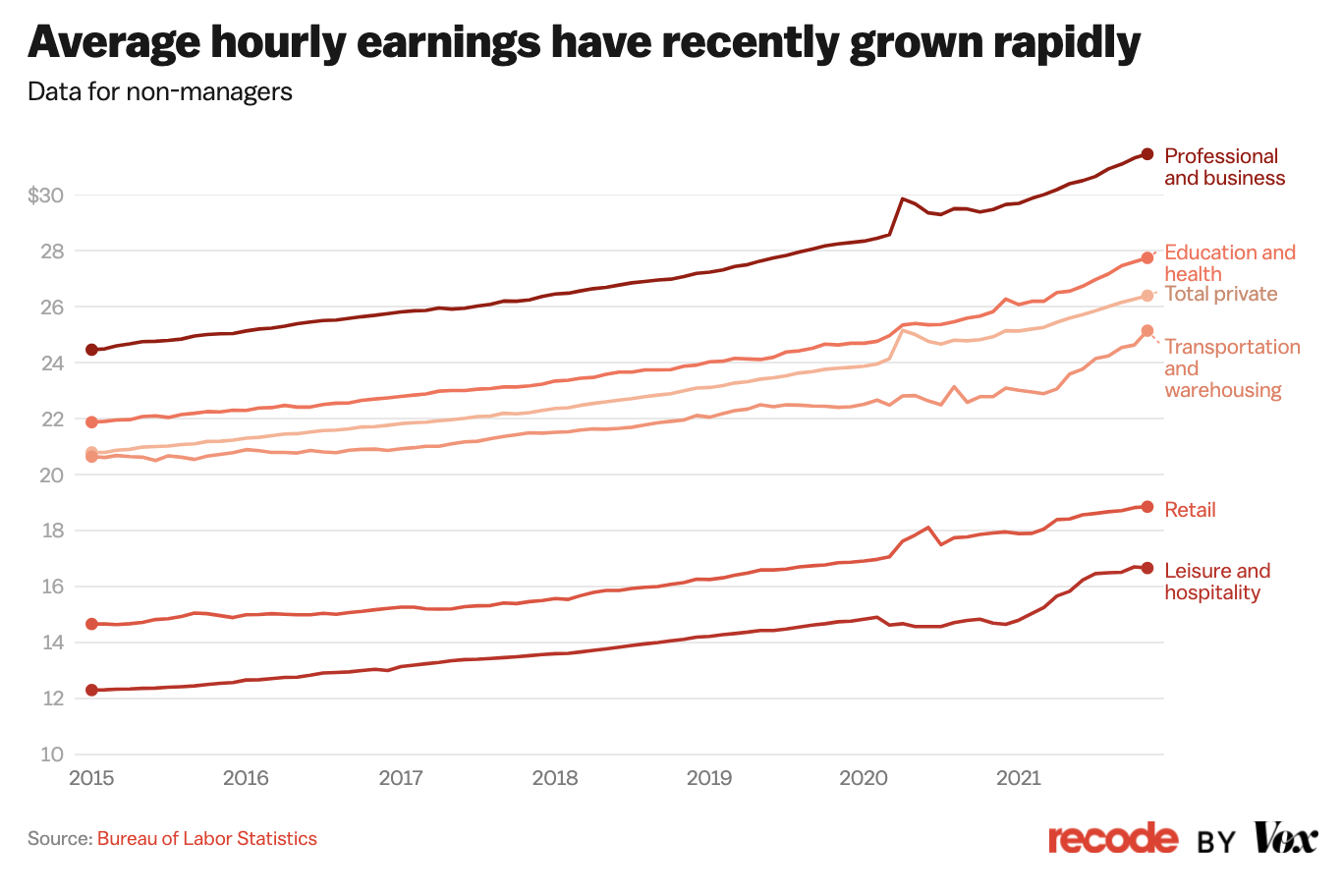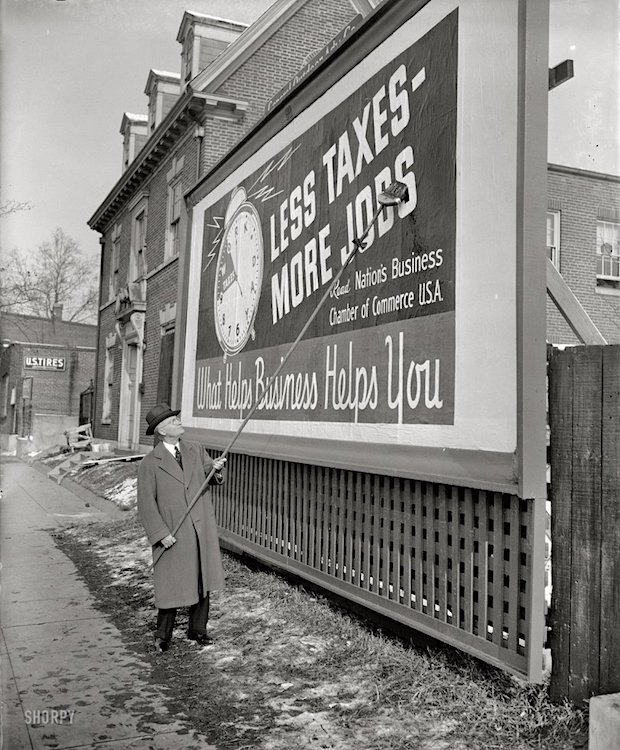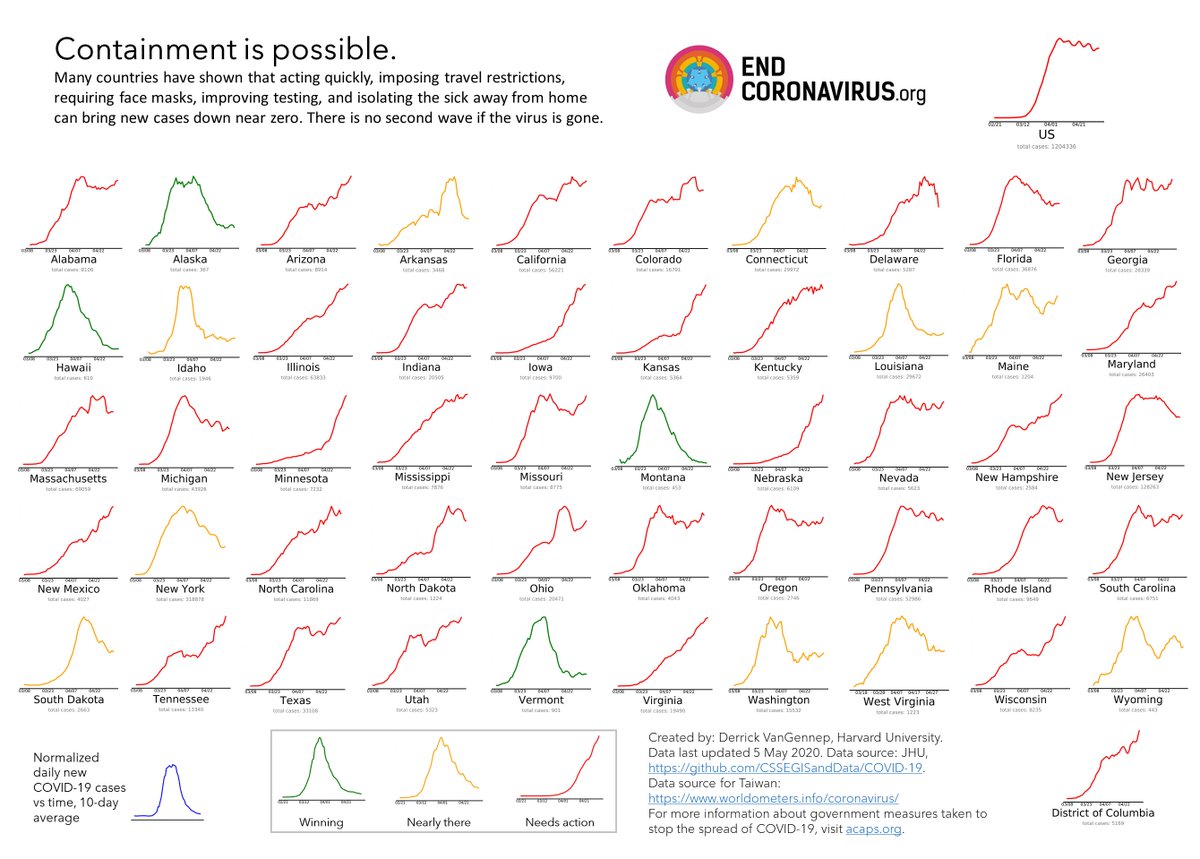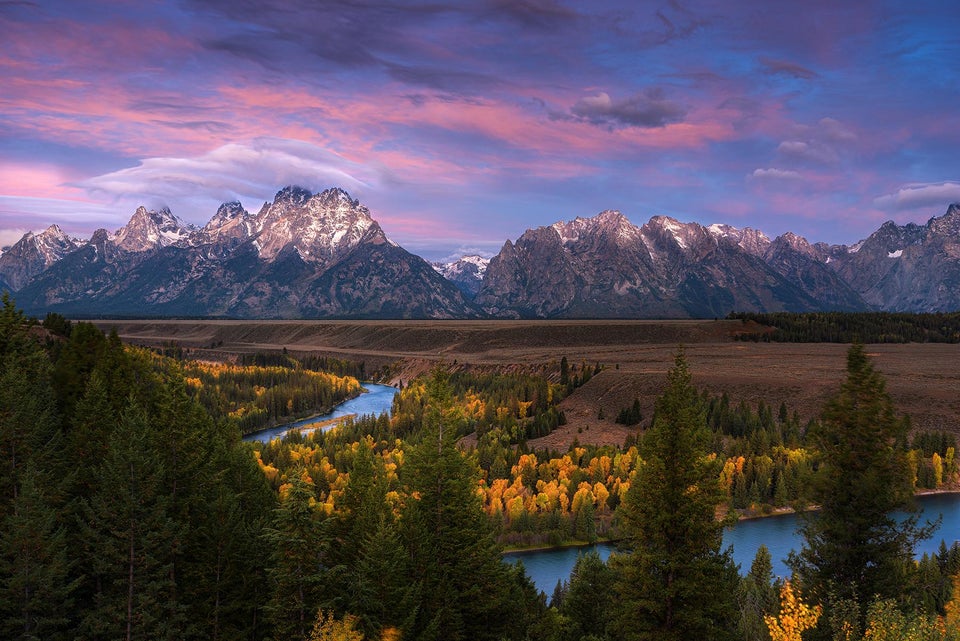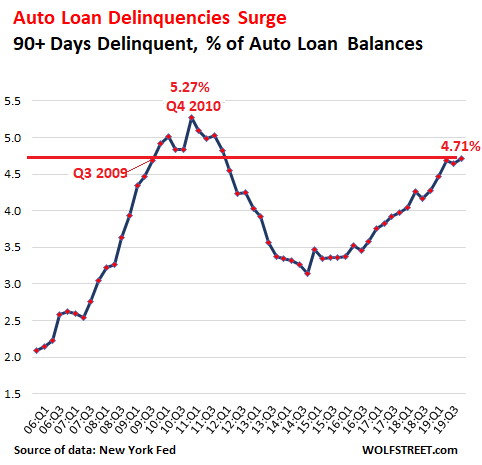The Daily Escape:

Blueberry barrens, Sedgewick, ME – Via. The blueberry plants turn red like trees because they’re also preparing for winter dormancy.
We’ve been writing about how the threat of losing both the House and Senate weighs on Democrats. Inflation and the economy are said to be voters’ top concerns in recent polls. This week’s NYT/Siena College survey showed that 26% of respondents cited the economy, while another 18% chose inflation as their No. 1 issue.
The Dem’s lack of messaging about inflation needs to be adjusted because inflation is hitting hardest in a few swing states like Georgia, Arizona, and Florida. From the Right-leaning Washington Times:
“The Phoenix metropolitan area has the highest inflation rate in the nation at 13%, the worst of any US city in more than 20 years and twice as high as the rate in San Francisco. It’s a high hurdle for Democratic Sen. Mark Kelly of Arizona as he tries to fend off a challenge from Republican Blake Masters.”
Kelly currently holds a one-point lead in the latest survey.
Wallet Hub says that the US metropolitan area with the second-highest inflation rate is Atlanta, where consumer prices are 11.7% higher than a year ago. Senate Democratic incumbent Raphael Warnock holds a four point lead. One message that’s lost in the inflation debate is, as Georgia’s Sen. Warnock says:
“While we are seeing record prices, a lot of our corporate actors are seeing record profits in the gas industry and the pharmaceutical industry.”
Two metros in Florida: Miami, Ft. Lauderdale, and West Palm beach (10.7%), along with Tampa-St. Petersburg (10.5%), are in the top four highest inflation cities, and Marco Rubio (R) holds a 4.7-point lead, with Democrat Val Demings having an uphill fight.
Philadelphia ranks 14th in metropolitan area inflation, at 8.1%. Democratic Senate candidate John Fetterman leads by 2%.
Nationally, the inflation rate is 8.2%.
Nearly two-thirds of consumer spending goes to services rather than products. Services are now the key driver of US inflation. The CPI for services increased in September for the 13th month in a row, and by the most since 1982. Housing costs spiked, but so did other services, such as health insurance (up 28% year-over-year). Airline fares rose by 42.9%, while motor vehicle maintenance and repair rose by 11.1%.
One of the worst categories is the CPI for “food at home”, or food bought in stores and at markets. It spiked by 0.7% in September from August. Year-over-year, the CPI for food at home jumped by 13.0%, led by eggs which are up by 30.5%. Food inflation is particularly insidious because it hits lower-income consumers the most, since they spend a larger share of their budget on food.
The key question for Democratic candidates in swing states during the last weeks before the midterms is how to talk about the economy when inflation remains above 8% and maybe is even higher in their state.
Democratic strategist Mike Lux has warned that Democrats can’t duck talking about inflation at a time when it’s the Republicans’ primary campaign issue. Lux says how Democrats should explicitly address inflation:
- Wealthy corporations with monopoly power are jacking up their prices, and their profits are going through the roof.
- Drug prices and health insurance premiums are going to go down because of the Inflation Reduction Act…while Republicans have no plan of their own.
- Seniors will be getting the biggest increase in their Social Security payments (8.7%, more than current inflation) in 40 years…while Republicans are talking about ending Social Security.
But Dems should also ask why voters think that if Republicans return to power that they will actually fight against inflation and improve the economy? If they get back in power all they’ll offer is tax cuts and financial austerity. They’re saying they will jeopardize the future of Social Security and Medicare.
Their House Speaker-in-waiting, Kevin McCarthy (R-CA) has said in an interview with Punchbowl that he will hold the national debt ceiling hostage next year, a move that the WaPo’s Catherine Rampell warns “could easily precipitate a global financial catastrophe.”
The economy is a difficult issue for Dems this year, and many are afraid to talk about inflation. But they have an excellent legislative record to run on and the best job market in 40 years. Democrats have plenty to say about inflation if they connect it to broader economic themes where they have a strong message.
For sure, Dems can talk about Republicans’ appalling destruction of reproductive rights, but we can’t expect to win the election on that alone.


